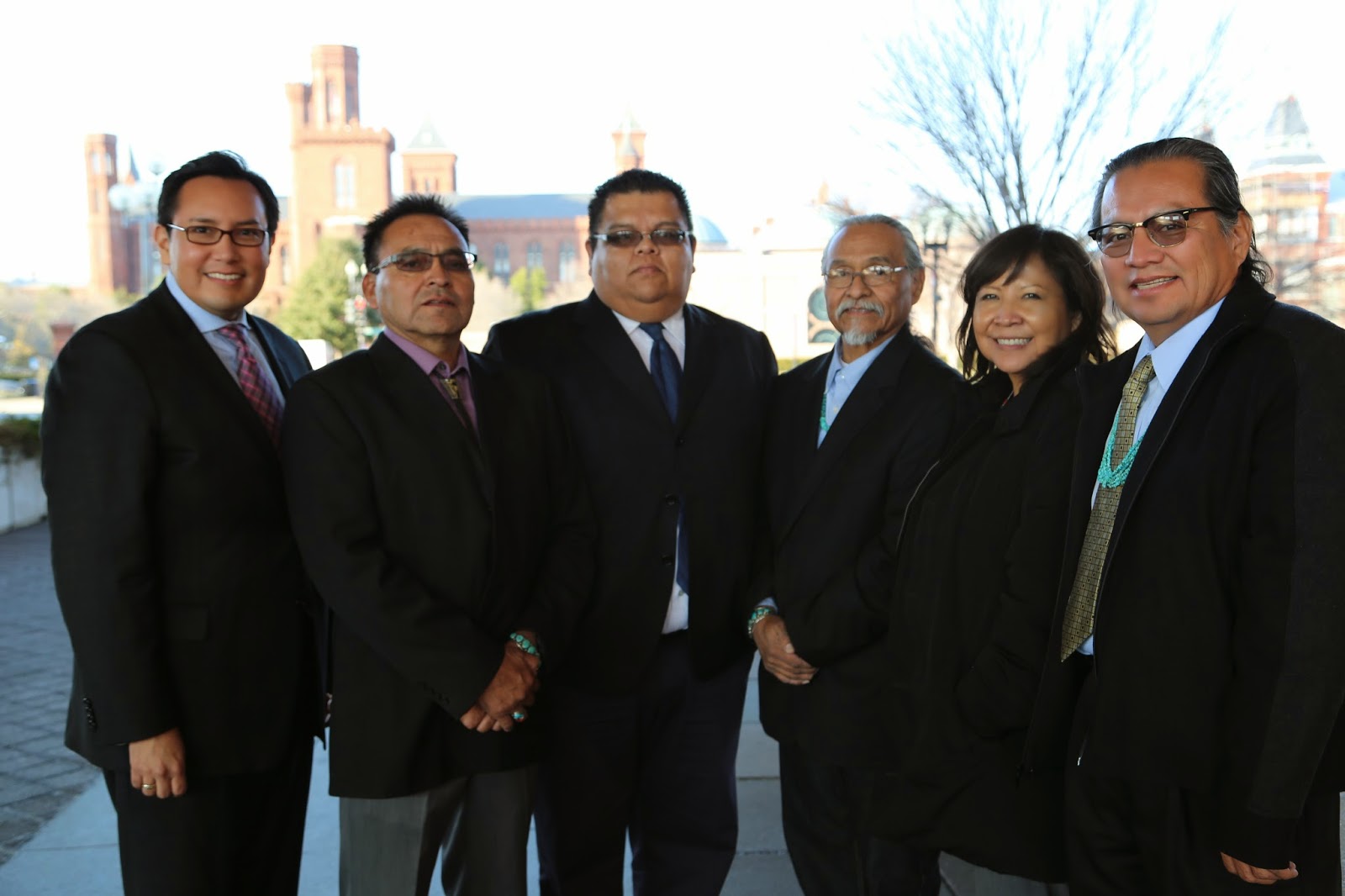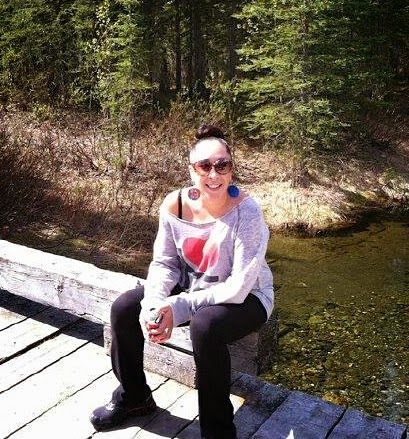The Place Where I Belong
By Mellor Willie
For the past ten years I have enjoyed living in Washington,
DC just a few blocks from the United States Capitol. I feel very fortunate to have a
job here serving as an advisor and representative for my tribe's housing
authority. It is convenient for me to live close to Capitol Hill because
I spend a lot of time visiting congressional offices as part of my job.
Fort Defiance is settled in a valley. It is a notable place
in Navajo history because it is the location where the federal government
gathered thousands of Navajo people in the 1850s before they were force
relocated and taken on a treacherous journey, known as the Long Walk, to a
place in eastern New Mexico called Fort Sumner. Thousands of Navajo people died
in this journey and this dark chapter of Navajo history is still humbly
remembered. While in encampment at Fort Sumner, the Navajo leaders were able to
negotiate a treaty with the federal government which allowed for them to return
home. The federal government opened up Fort Defiance as a central location for
Navajo people to go to receive rations and assistance upon their return.
When I was growing up, I would always go to a special spot
high above Fort Defiance against the mesa. From this spot I could see the whole
valley and on a clear day I could see for miles and miles. The view from here is
vibrant and colorful, the purple and pink sandstone buttes, the dark black and
brown monoliths of igneous rock, the speckles of olive green juniper and cedar
trees standing out against a sea of blue sage brush--everything is beautiful.
Throughout high school I would hike up to this spot as a
secluded hang out--sometimes I would read, do my homework or listen to music. Other
times I would sit silently and listen to the sounds around me, the wind, the
birds, the rustling of little animals. In college, I would come home and always
make a special visit to the mesa. For me, this spot is where I felt the most at
peace, it was the place I was closest to the earth and to the heavens. Even now
when I am far away--especially when I feel stressed--I close my eyes which takes
me back to the mesa. When I open my eyes I am renewed and ready to face the
world.
It was not until I was much older that I finally understood
why I was drawn to this special spot. When a Navajo baby is born, the father
takes the child's umbilical cord and places it in the earth under a young tree.
According to Navajo beliefs it is said that this location is where you will
always belong, it is the center of your existence, where you are together with
the earth, your mother, and your father. My mother gave birth to me in the Fort
Defiance Indian Hospital and shortly after I was born my father hiked up to the
mesa overlooking the valley, he found this special spot and decided for me that
this is the place where I will always belong.
Sometimes when I meet people in DC they ask me with
inquisitive concern, "How did you like growing up on the
reservation?" I find that people who do not understand my background have
a limited knowledge of what it is to be Navajo and are very quick to judge what
my life was like on the reservation. Having been asked this question often my
response is always the same but still very true. While living and growing up on
the Navajo reservation had its challenges and difficulties, I have always
cherished what is beautiful about my home. I celebrate all that is good about
living in a place that is so close to who I am as a Navajo person and most of
all, I know that I will always have a place in this big world where I will
forever belong.
Mellor C. Willie, 37, is a member of the Navajo Nation, born
and raised in Window Rock, Arizona. He is born into the Yei Dine' Tachii'nii
clan and born for the Tsenahabilnii clan.
In 1998, he received his bachelor's degree in political
science from Southern Utah University. In May 2009, he graduated from The
George Washington University's Graduate School of Political Management, being
the first American Indian to graduate from the program.
Most notably Willie is recognized for serving as Executive
Director for the Native American Indian Housing Council (NAIHC). Willie held
this position from 2009 to 2012. Today Willie is an advisor on government,
political and public affairs to the Navajo Housing Authority.



Comments
Post a Comment